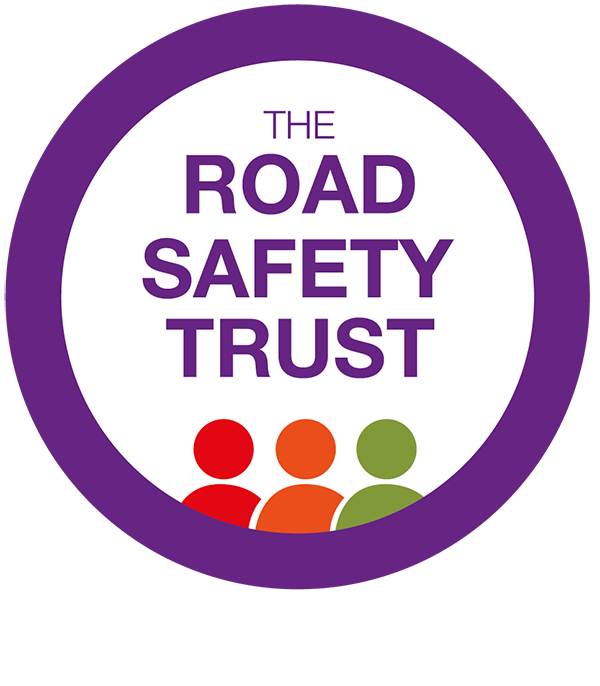Intervention improves attitudes towards horse riders and cyclists
Evaluation of a video-based intervention, designed to improve drivers’ attitudes towards horse riders and cyclists, has shown it to be effective in the short term.
The British Horse Society (BHS) and Cycling UK created four videos (two focused on cyclists and two on horse riders) with the aim of increasing the empathy that drivers have for these road users.
Each video told an emotive story about a main protagonist. In three cases the story focused on their stressful jobs and how horse riding or cycling allowed them to destress.
The fourth video focused on a father who was concerned about the safety of his children while cycling.
The Road Safety Trust provided funding to the BHS to evaluate the effectiveness of these videos in evoking attitudinal change towards horse riders and cyclists.
The evaluation, carried out by researchers from Nottingham Trent University, concluded that the videos ‘can change explicit attitudes and intended passing behaviours in a group of drivers, at least in the short term’. The researchers recommend a longer term study to assess how long these positive effects last for.
Sonya Hurt, chief executive of The Road Safety Trust, said: “Data shows how vulnerable horse riders and cyclists are on the road. That’s why interventions such as this are important, though they do need to be properly evaluated to assess their effectiveness.
“We are pleased to see that the videos improve attitudes towards cyclists and horse riders – thereby helping to improve their safety.”
How did the evaluation work?
Two surveys were set up, one focused on equestrian riders and the other on cyclists, with respondents (drivers) randomly allocated to one of the surveys.
The horse rider survey required participants to answer explicit attitude questions (towards both horse riders and cyclists), and two passing behaviour questions (how much distance is safe to leave when overtaking a horse, and what is the maximum safe speed to pass?).
Respondents watched either the two horse-focused videos, or a control video that had nothing to do with horses or bicycles. Following this, respondents again answered the attitude and passing behaviour questions. Finally, respondents answered feedback questions about the quality and effectiveness of the videos.
The process was very similar for participants who were allocated to the cyclist survey. They were asked the same explicit attitude questions, but their passing behaviour questions specifically targeted attitudes to, and behaviours around, cyclists.
In both cases, the intervention group (who watched either the equestrian or cyclist videos) reported improved attitudes following the intervention. These improvements were significantly greater than any changes that occurred in the respective control groups.
Regarding passing behaviours, the intervention group indicated a larger distance required to be safe when overtaking a horse rider or cyclist after watching the videos. They also reported that they would overtake a horse or cyclist at a lower speed.
Free-response comments from individuals revealed an appreciation for the personal stories and a confirmation that these videos would lead to changes in their behaviour. There were, however, a small number of comments that showed some participants to be set in their ways in terms of blaming vulnerable road users (especially cyclists) for the dangers that they face on the road.
Alan Hiscox, director of safety at The British Horse Society said: “The number of incidents involving horses on Britain’s roads remain far too high, with 69 horses killed in road related incidents in 2022. It is, therefore, vital that we continue to inform, involve, guide and persuade drivers to be more considerate when passing horses and increase awareness of how to do this safely.
“The horse human bond helps people from all backgrounds and walks of life, particularly when it comes to relieving stressful and difficult situations. The excellent evaluation by Nottingham Trent University proves that this is a very strong message.
“We ask all road safety stakeholders to use and increase awareness of the ‘Look Out for Laura’ emotive videos. We believe this research funded by The Road Safety Trust offers powerful insight into why encouraging drivers to think about the riders and the horses is so important.”
To read the full report, visit the project page on The Road Safety Trust website.

